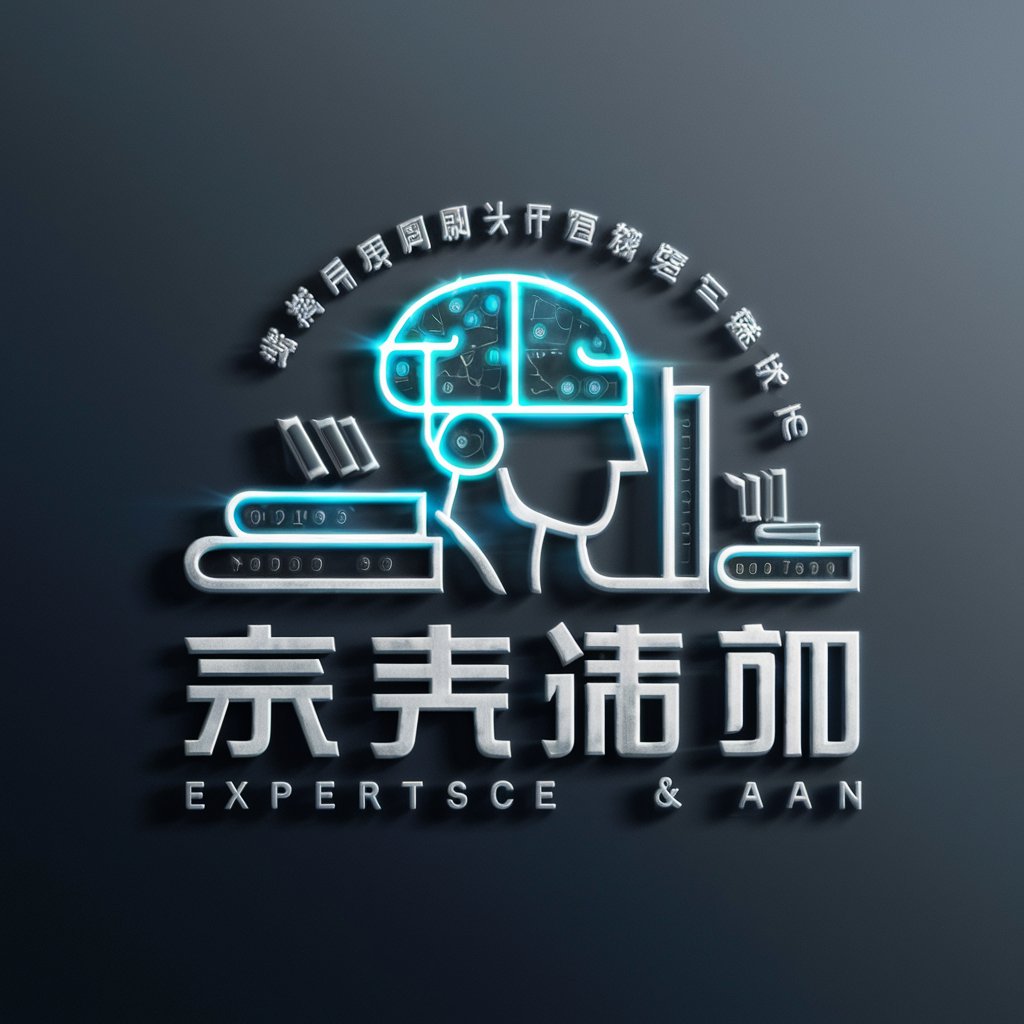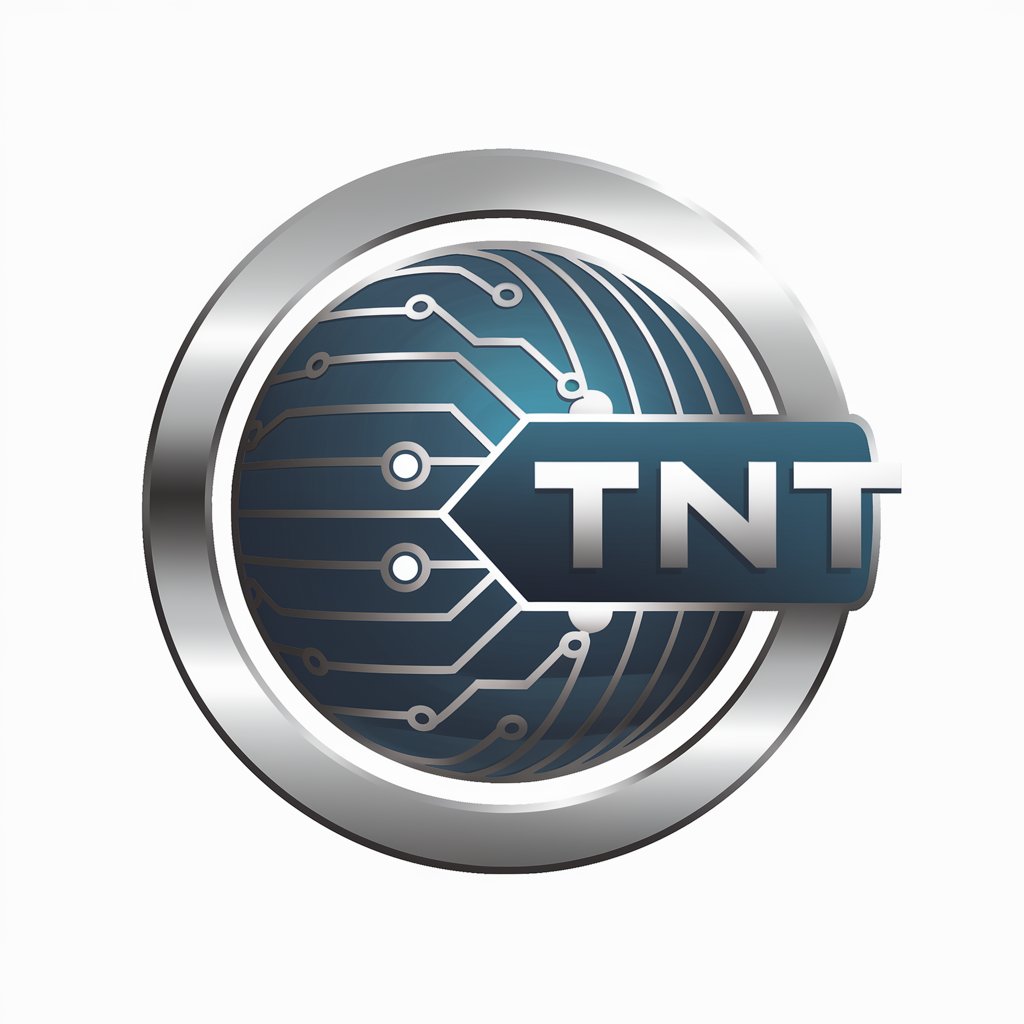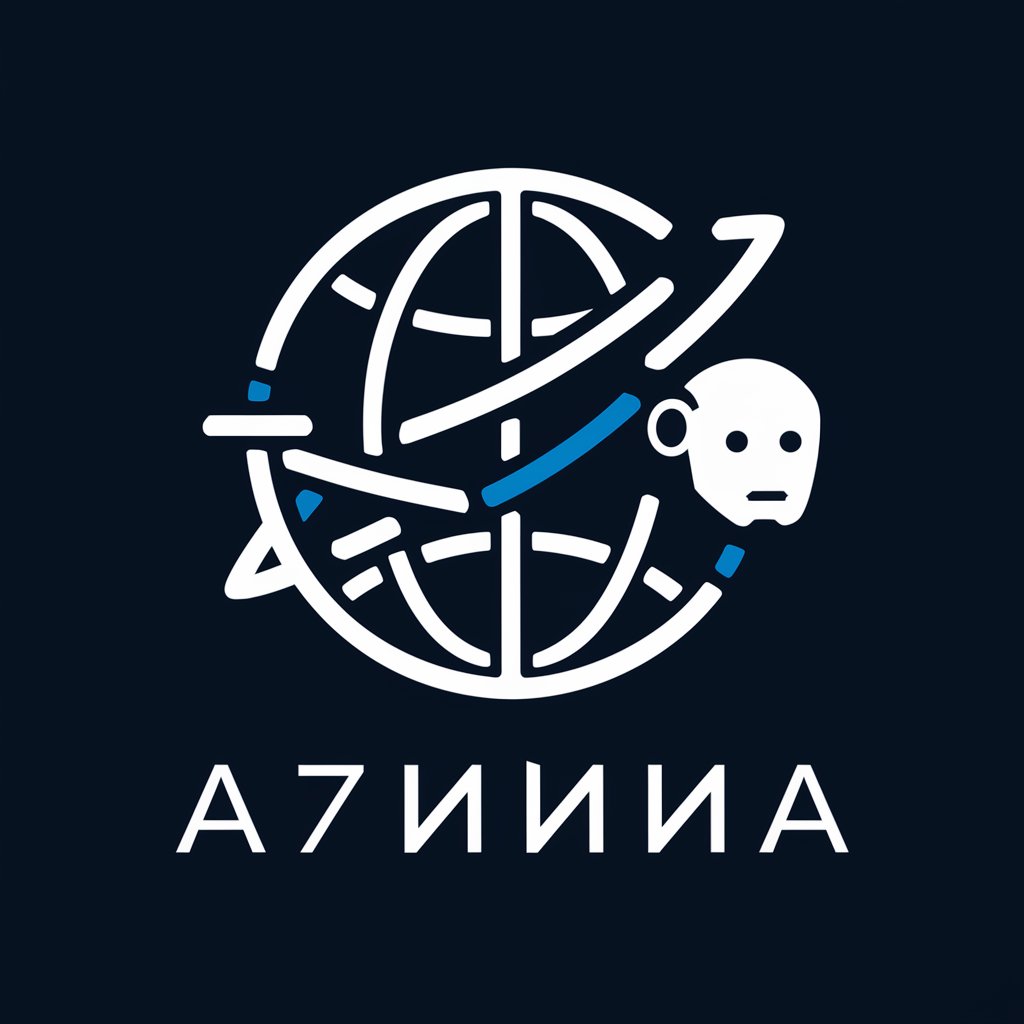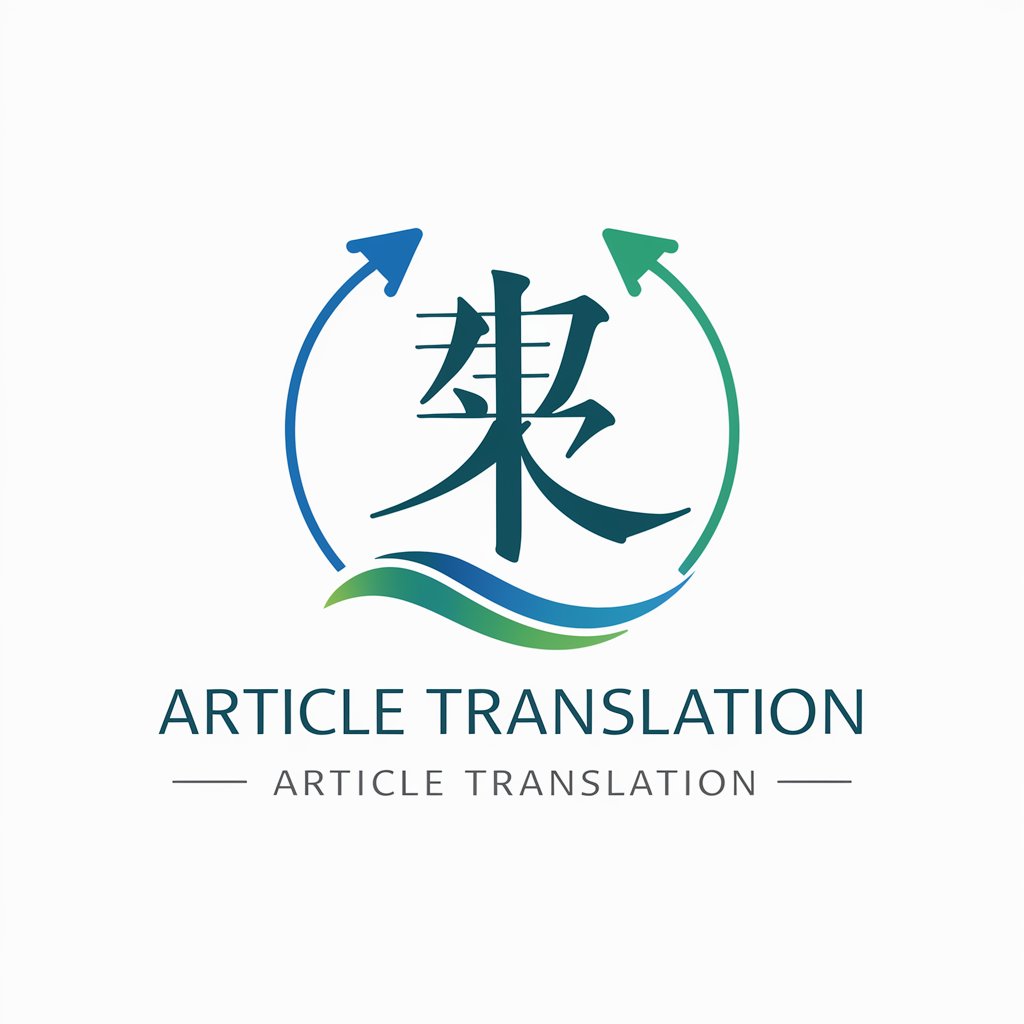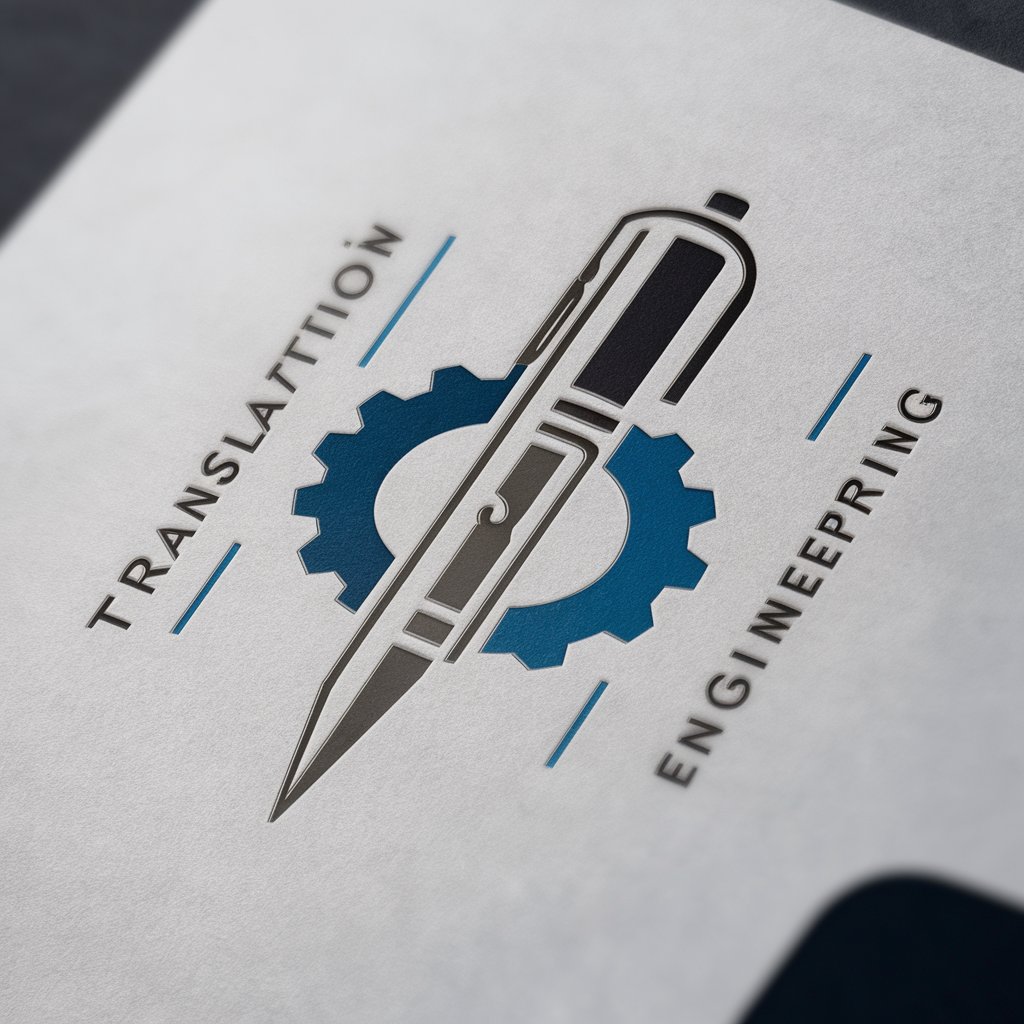
通俗易懂的技术文章翻译 - Simplified Technical Translation
Hello
Translating Technicalities into Simplicity
Put text you want to translate from English to Chinese
Get Embed Code
Introduction to Accessible Technical Article Translation
Accessible Technical Article Translation is designed to bridge the gap between complex technical information and readers who may not have a deep background in specific technical fields. This service focuses on translating technical documents, articles, and jargon into language that is easy to understand for the general public or for younger audiences. The purpose is to make technology and science more accessible to a wider audience by breaking down complex concepts into simpler, more digestible pieces of information. Examples of this service in action include translating a research paper on quantum computing into a blog post that high school students can understand, or converting a technical manual for software development into a series of easy-to-follow online tutorials. Powered by ChatGPT-4o。

Core Functions of Accessible Technical Article Translation
Literal Translation
Example
Translating a technical research paper from English to Chinese, focusing on preserving the original meaning while making minor adjustments for readability.
Scenario
An English-speaking researcher wants to share their findings with a Chinese audience without losing the technical accuracy of their work.
Simplification and Rewriting
Example
Rewriting a detailed technical guide on blockchain technology into a series of blog posts aimed at young adults with little to no prior knowledge of blockchain.
Scenario
A tech blog wants to introduce blockchain technology to a wider audience, including young adults and teenagers, to spark interest in the technology and its applications.
Educational Adaptation
Example
Adapting an advanced textbook on machine learning for a middle school science curriculum, using analogies and simplified explanations.
Scenario
Educators are looking to introduce machine learning concepts to middle school students in a way that is engaging and understandable, without oversimplifying the science.
Ideal User Groups for Accessible Technical Article Translation
Educators and Students
Teachers looking for resources to introduce complex scientific and technological concepts to students in an engaging way, and students seeking to broaden their understanding of these areas outside of traditional textbooks.
Non-Technical Professionals
Professionals in non-technical fields who need to understand the basics of specific technologies for their work or personal interest, such as marketers, journalists, or entrepreneurs in tech-related industries.
General Public with Curiosity
Individuals with a general interest in science and technology who seek to understand more about the latest advancements without needing a deep technical background.

How to Use Simple Technical Article Translator
1
Access without signing up at yeschat.ai for a free trial, without needing ChatGPT Plus.
2
Select the 'Technical Article Translation' feature from the available options.
3
Paste or type the technical content you wish to translate into the designated text box.
4
Choose your target language and click the 'Translate' button.
5
Review the translated text and use the 'Simplify' option if you need a more accessible version.
Try other advanced and practical GPTs
比喻方式讲概念
Simplifying Complex Concepts with AI-Powered Metaphors

Tang Poetry Master
Unlock the Beauty of Tang Poetry with AI
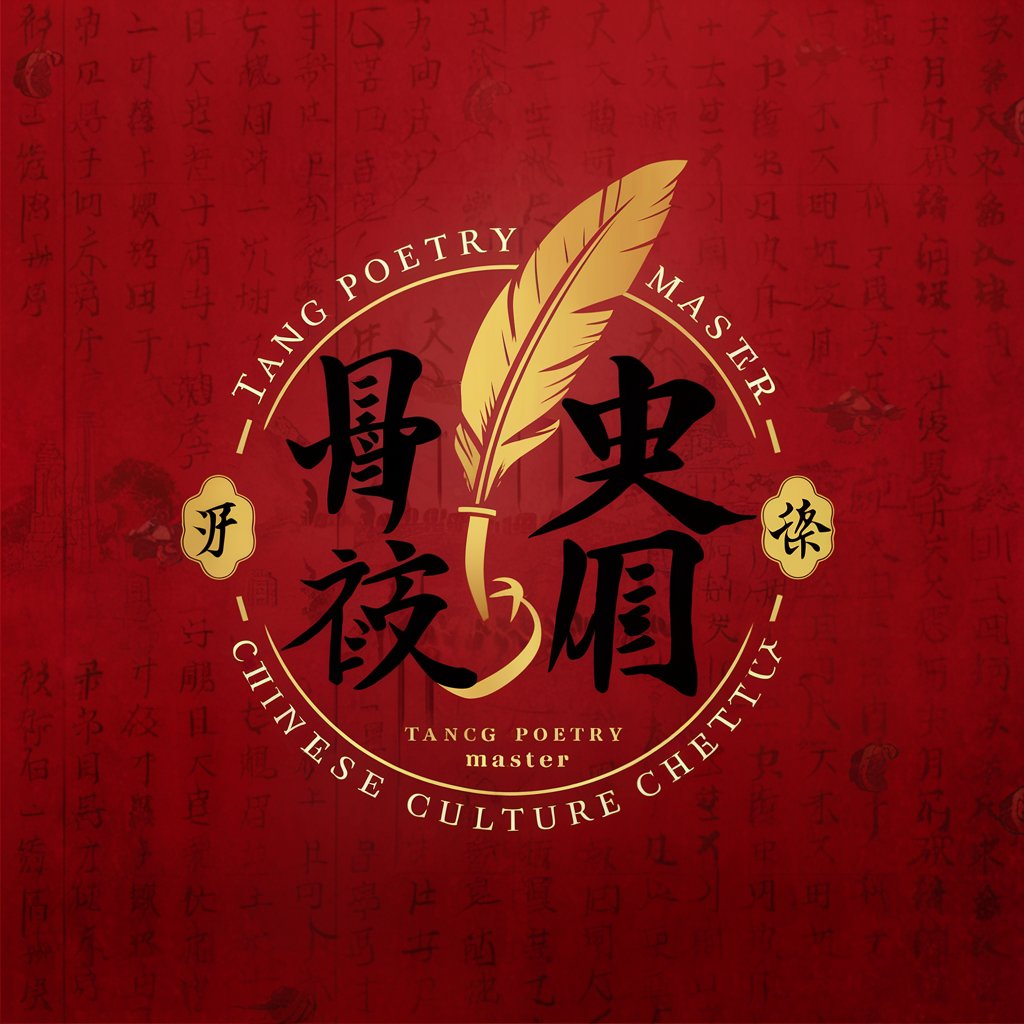
绿盾卫士
Navigating Environmental Law with AI Precision
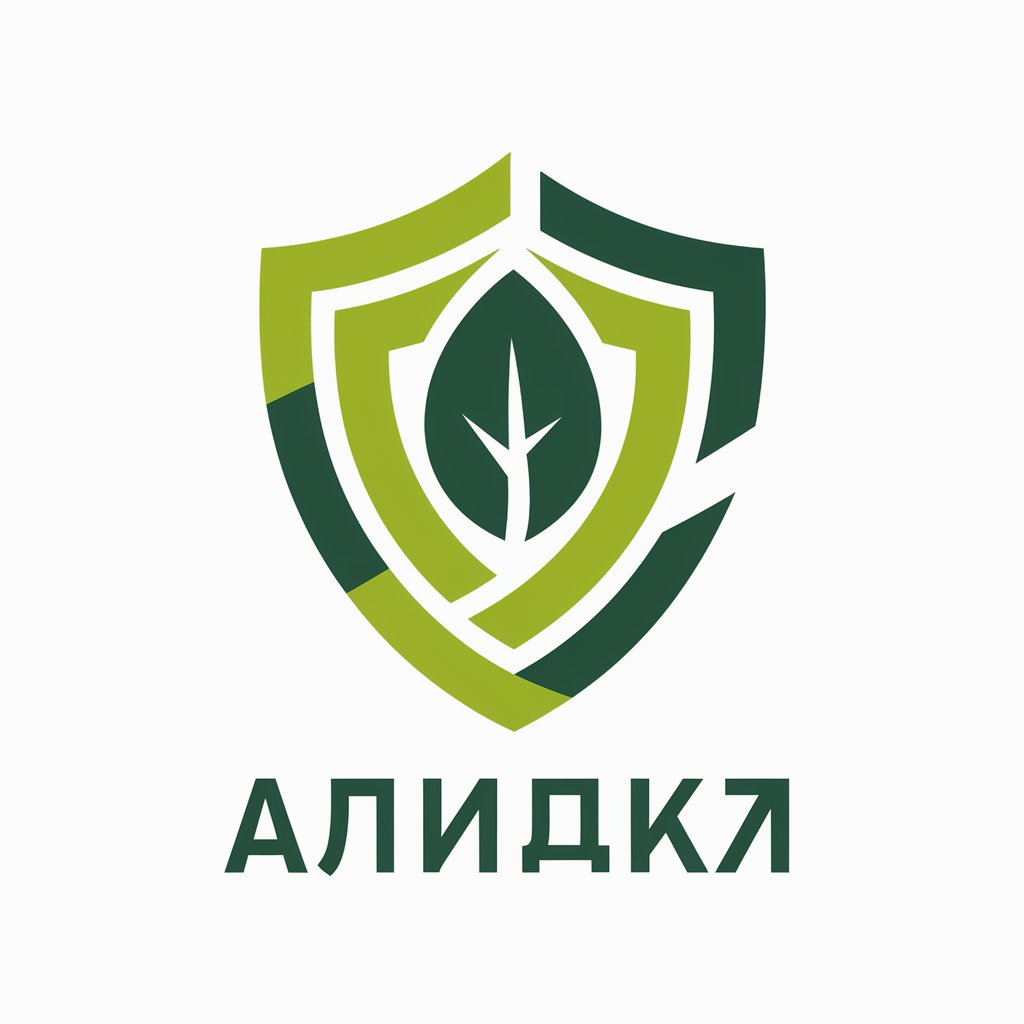
中国民俗专家
Explore Chinese folklore with AI-powered mystique.
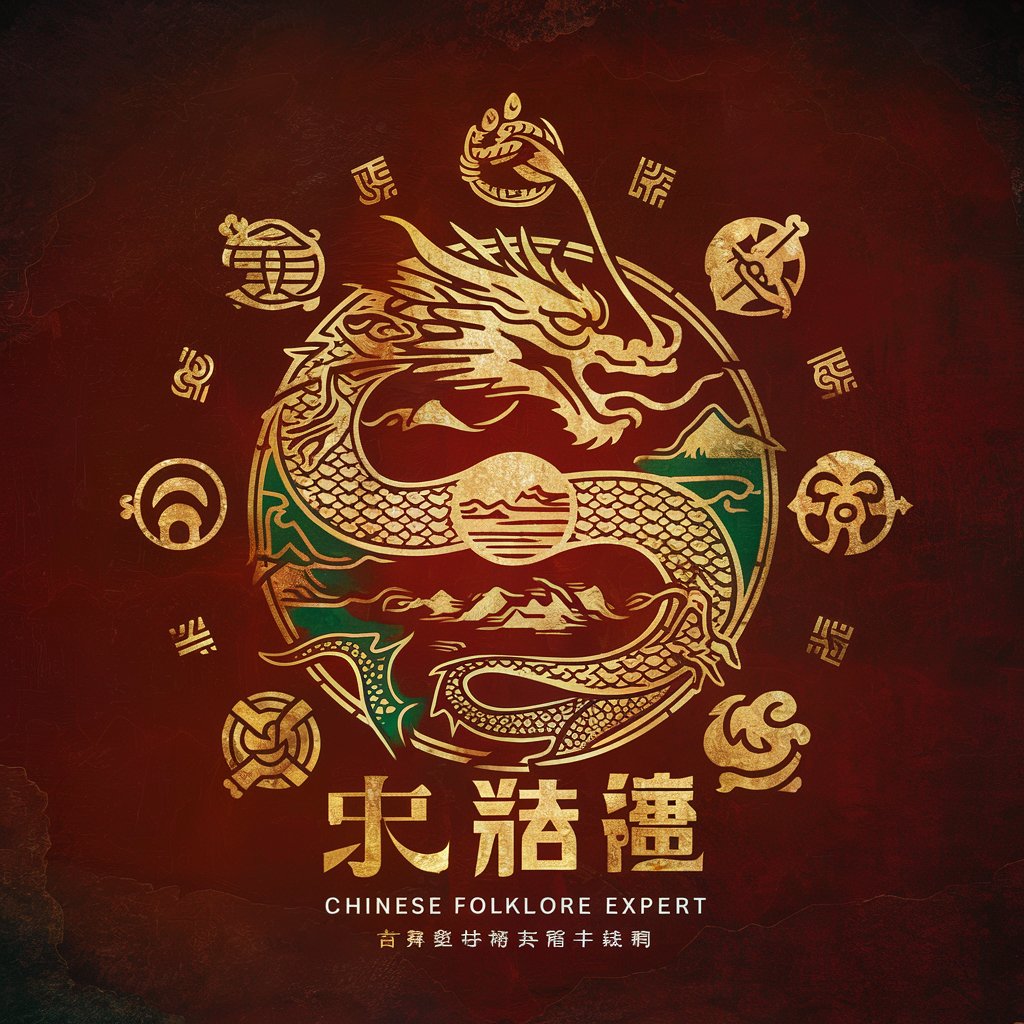
硅谷钢铁侠马斯克
AI-powered Musk-inspired business insights.

海谷UTA短视频脚本大师
Crafting Engaging Video Scripts with AI

通俗科普
Making Science Accessible to Everyone

改善人际关系专家(沟通、交流、谈心、激情)
Empowering connections with AI-driven insights.
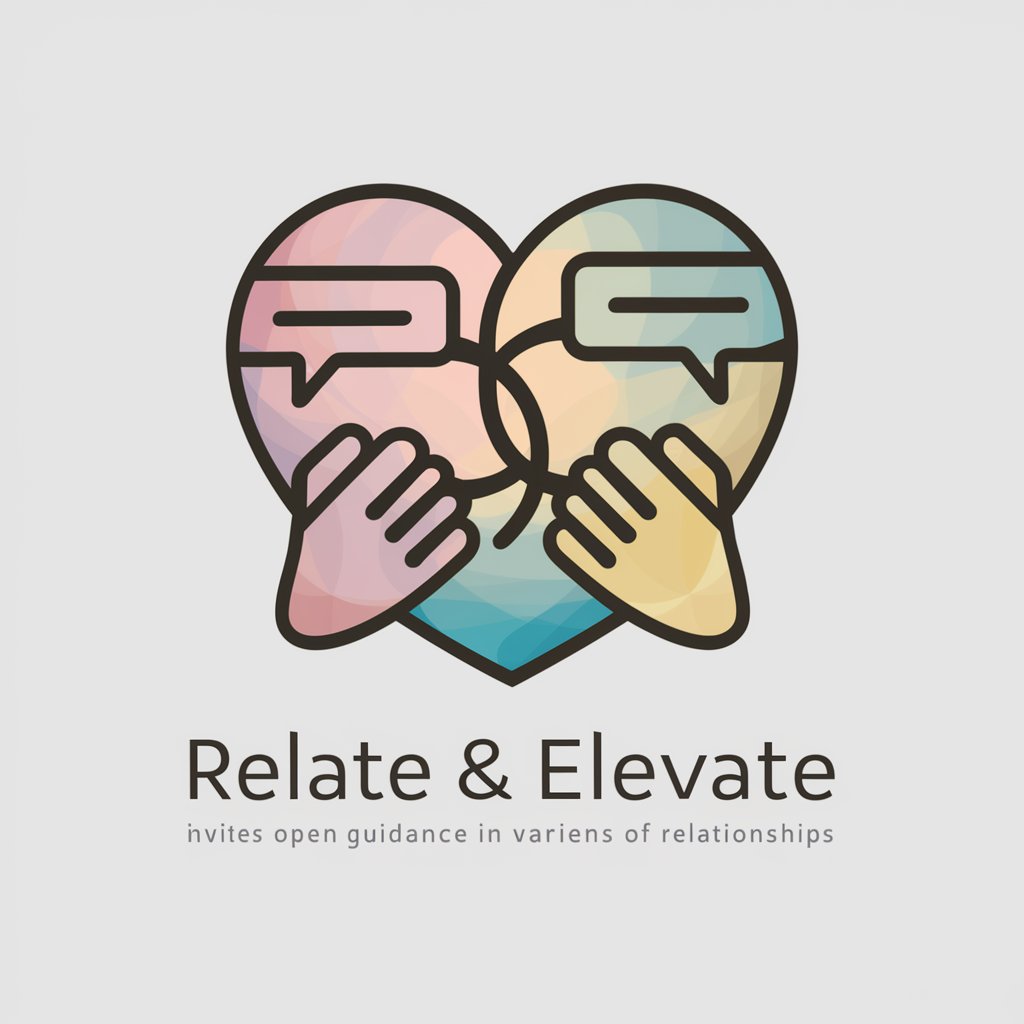
中华人民共和国刑法
Navigate Chinese Criminal Law with AI-powered assistance.

@挚爱•梵高⭐️
Exploring Art through Van Gogh's Eyes

康娜
Your delightful AI-powered anime friend

Prompts Generator
Unleash Creativity with AI
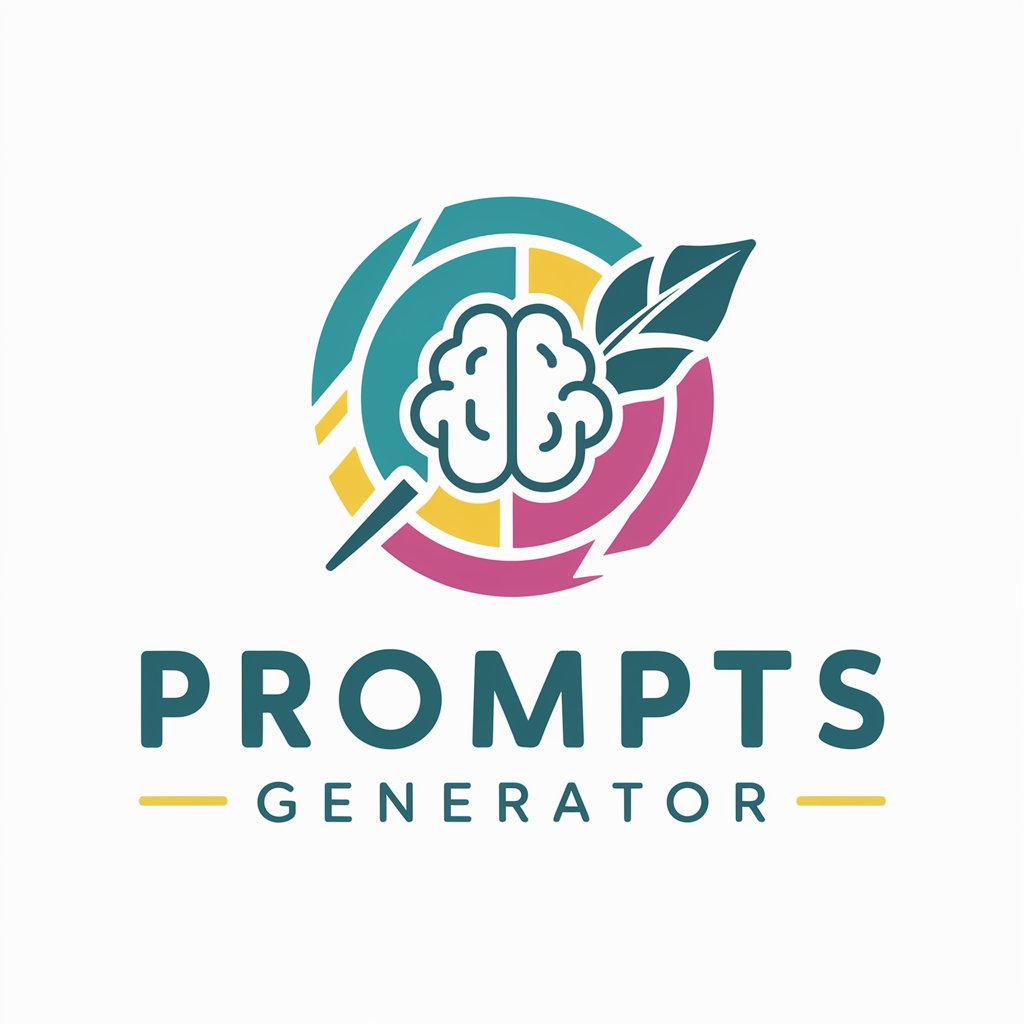
Frequently Asked Questions about Simple Technical Article Translator
What is Simple Technical Article Translator?
It's an AI-powered tool designed to translate and simplify technical articles into more understandable language.
Who can benefit from using this translator?
Students, educators, non-native speakers, and professionals needing to comprehend or communicate technical information more effectively.
Can I translate articles from any technical field?
Yes, the translator supports a wide range of technical fields and subjects.
Is there a limit to the length of articles I can translate?
Limits may vary, but generally, longer documents might require segmentation for optimal results.
How does the simplification process work?
The tool uses language processing to rephrase technical jargon into everyday language, making it more accessible.
